
UPDATED REVIEW – May 1, 2024 – Donner SE-1 Digital Piano – $499 price – This newer Donner SE-1 portable digital piano can be purchased with or without the furniture stand or metal stand. The piano with furniture stand and triple pedal unit is approximately $599 price and the piano by itself is priced at $499 on-line. You can also add a bench and/or portable metal stand for a bit more money than the piano alone depending on the configuration you want.
Donner is not an American or Japanese brand but they are a Chinese music instrument brand based in China that has been around for about 12 years or so and focuses on lower end, lower priced musical instruments of all kinds. This would include guitars, keyboards, pedals, electronic drums, and other related music products. Typically you will not find the Donner brand in traditional music stores like Guitar Center, Sam Ash, or local music stores because they are a direct to consumer product line available on-line only. Donner is actually a part of the Eastar musical instrument company in China and is one of the Eastar brands.
What’s interesting to me about the Donner brand is that they focus on the very low price range for all their products. There is nothing wrong with that and a lot of shoppers out there are looking for a good product for a low price, and Donner is trying to fit into that space. However, just because they say they have a great product such as the newer SE-1 digital piano, does not necessarily make it true. Nevertheless, I will be giving you helpful details about this model that you will not find anywhere else!
KEY ACTION MOVEMENT & WEIGHT
The main component or part of any acoustic or digital piano is the key action. It’s the way the keys move up & down, the response they have when playing slow or fast, how heavy of light the keys are when pressing them down, etc. Is the physical movement of the keys noisy or quiet and can that key action keep up with you as you improve in your piano playing skills, especially if you a piano student?
When it comes to the Donner SE-1, after playing it quite a few times, I was surprised by how “lightweight” the keys were. Up until now all the Donner models I have played have had unusually heavy key weight and I definitely did not recommend those models because of that. The heavy weight of the keys can create hand, wrist, and finger fatigue and can make it uncomfortable to play, especially when playing longer periods of time.
But…the touch-weight (aka: down-weight) measured on middle C in many top name acoustic and digital pianos averages around 50 to 70 grams of force that it takes to get the key to go down properly and normally when pressing with your fingers. On high end grand pianos that touch weight averages 50 to 60 grams on middle C which is considered a bit light, but still have enough key weight resistance and force needed so that you can play with good expression and have more control of the keys.
On this Donner SE-1, I measured the key static touch-weight/down-weight on middle C at just under 40 grams, which is super light. Not only that, but the up-weight (aka: return force) of the key I measured was about 20 grams of return force which is also very light. On good digital pianos the up-weight return force is typically 35 to 45 grams of strength. This weight measurement on the SE-1 is similar on the black C# key, only a bit heavier, which is good, but still vey light.
So what I am saying is, the key action on the SE-1 is just too light to make it anywhere close to a real good acoustic piano, let alone most top name digital pianos. Yes, the keys are weighted and definitely much better than just a keyboard with spring keys. The SE-1 key action is not “bad,” but once you get used to the key action on the SE-1, then if you go to almost any real piano or good digital piano, then those keys could likely feel too heavy to you, but in reality they are not heavy, they are normal.
When playing on a light key action, when it comes to key weight and finger force needed or preferred, a light key weight is not a bad thing if you are just playing recreationally for fun and/or not concerned about it feeling like a piano. But to equate the key action in the Donner SE-1 with any normal acoustic or digital piano should not be done because the SE-1 key action is really much too light to give you the kind of control over the keys that is necessary to play at normal skill levels, especially if you ever wanted to transfer over to a better digital piano or real acoustic piano.
KEY ACTION NOISE
Another part of any key action is the physical noise of the keys as they are moving up & down. Some key actions can be audibly noisy in a mechanical way, especially when someone is playing with headphones on for private practice and then other people nearby can hear those keys if they are noisy in some way.
If you play the key lightly you still hear that thumping sound but if you increase your finger force to about medium when playing the keys, then you can really notice those thumpy/knocking keys and can be very distracting. If you have the piano sound volume high enough the the piano sound volume can down out the key noise. But if you turn the volume way down or plug in headphones, then everyone can hear that key knocking noise and it is very obvious.
PIANO SOUND
Getting a good, realistic piano sound out of any digital piano is very important so that you’ll be able to experience what it is really like to play piano. In this $500 to $600 price range there are typically some compromises that have to be made when it comes to the realism of the piano sound because of being in this lower price range.
When pressing the keys slower and more lightly on this model, the piano sound is quieter and more mellow, which it should be. As you press the keys harder & harder with more force, then the piano tone brightens up more like a real piano would do, so that is good. But in a real piano and also in the top name brand digital pianos, as your increase finger force when playing the keys, not only should the piano tone increase in brightness, but it should do that evenly and without noticeable jumpiness in tone.
In other words, the piano sound is not even and smooth when playing lightly and then increasing your finger force just slightly. I am not surprised at all by this from Donner or from most of the lower and less expensive brands in this price range because you usually get what you pay for. Is this uneven and choppiness in the tone a real problem> No it is not when you are at beginner level or you just are not that picky when playing.
Also, the dynamic tonal changes (mellow to bright in tone) are somewhat limited in this model when it comes to a full dynamic tonal range when playing softly to playing with a lot of force. In other words, in real pianos the incremental range of tone (expression) is very large. In the Donner SE-1 it is somewhat small and limited. Also, the tonal range from key to key is not even from one key to the next and can sound completely different from one key to the next.
PIANO SOUND – STRETCH TUNING
Digital pianos almost always have permanent built-in tuning in them. That’s one of the more practical aspects of digital pianos…that they do not go out of tune and that’s a very good thing! But, some people have reported that they think the SE-1 sounds “out of tune to them.” But how can it be out of tune when the permanent tuning is built in and cannot be changed?
There is an answer to this question. The answer is…it has to do with the type of tuning in that digital pianos. Namely…”stretch tuning.” This type of tuning process is the normal tuning done on real acoustic pianos. There are over 200 strings in an acoustic piano and each string needs to be tuned in a certain way.
So if you notice the piano sound to be seemingly out-of-tune when you play certain notes together, it has to do with the “stretch tuning” that is in the digital piano sound chip. Some people will hear those anomalies and some people won’t hear them. So just be aware that they do exist and I have heard this slightly out-of-tune piano sound in the SE-1 when I played it.
POLYPHONY
The amount of polyphony in any digital piano can be important and it’s all about piano processing power when it comes to playing multiple notes on the piano. Typically the larger the amount of “polyphony” in the digital piano, the better it is in that way.
PEDALS
The pedals on a digital piano are important because you need them, especially the right side sustain pedal, to help the piano music sustain and flow better. The SE-1 comes with a basic sustain pedal that looks like a small version of the right pedal that comes with a real piano.
When it comes to the furniture stand portion of the SE-1, when you order the piano with the furniture stand and triple pedal unit, that triple pedal unit works the same as the single pedal although you get those 2 additional pedals which controls the sostenuto feature and the soft pedaling feature of the piano. Those 2 other pedals can be good to have but most people don’t use them and do not need to use them.
INTERNAL SPEAKER SYSTEM
The internal speaker system in digital pianos can make all the difference with regard to the realism in the piano sound you hear when you are playing that digital piano. It just depends on the power output (amplification) along with the size and quality of the speakers.
Actually, one good way to tell whether or not the speaker system is good is to plug in a good set of stereo headphones and listen that way. I did that and the SE-1 and plugged in some good headphones and then piano sound was much better and more realistic when listening through headphones. I would advise that ha good pair of headphones should be used if you want a better quality piano sound out of this model.
INSTRUMENT SOUNDS
The SE-1 has a total of 200 instrument sounds in it. Two of the sounds are the regular piano sounds and the other 198 tones are all the other instrument, drum, and effects sounds. Some of those 198 instrument sounds are good and some sound like toys and are very fake. There are electric pianos, strings, guitars, organs, choir, brass, woodwinds, reeds, and many more.
You can mix any 2 of the 200 instrument sounds together at one time and you can also “split” 2 sounds with one sound for the left hand and another sound for the right hand. Using the layer & split function is easy to do from the control panel. There is also a relative volume control for the 2 sounds so that you can adjust the volume of those 2 sounds so that one does not overpower the other…so that’s a good thing.
ACCOMPANIMENT STYLES
The SE-1 has built-in accompaniment rhythms and music styles so that you can get up to 100 rhythm style patterns including rock, jazz, blues, Latin, waltz, country, march, etc. These rhythms can help you with your rhythm and timing and make it more fun to learn how to play with percussive rhythm. It will create a “one man band” so that you can just play simple chords and the arranger will fill in the musical parts…like a band would do.
I personally think this is a fun feature to have if you use it correctly. Some people will use it and others will not. Just depends on what kind of music you want to play and if you like this feature. But it is definitely in there. Like the instrument sounds in the SE-1, some of the rhythm music styles sound good and some do not and sound like a toy. It just depends which one you select. But for the $500 price range it’s probably good enough.
The Donner SE-1 gives you control over those accompaniments with volume control, fill-ins, start & stop, and also intro and endings. So overall it’s a pretty good system but certainly no better and definitely not as realistic as what you can find on the better Casio 88-key digital pianos in the $500 to $600 price range. But it is still good to have in the Donner SE-1.
CONTROL PANEL & DISPLAY SCREEN
The SE-1 has a fairly nice control panel and small display screen so that you can access functions and features on the panel itself as well as through the display screen menu. Settings include transpose key, metronome, effects like reverb and chorus, balance, time signature, volume adjustments, etc. The display has two menu buttons to get into the menu and use it along with value/data buttons to move through the various features and go up or down in selecting different settings.
You can access and trigger these different settings in a relatively easy way but it will still be necessary to read the owners manual to do it correctly. Overall the SE-1 has plenty of things you can do on it along with making any necessary adjustments to the settings and sounds. You can even save a few of them in digital memory to access them more easily at a later date.
Some digital pianos don’t have any display screen in this price range and I personally prefer a built-in user display screen for easier navigation. There are some other digital piano brands like Casio that have a very useful proprietary app to give you the ability to more easily navigate the piano from the app on an iPad or Android tablet. The SE-1 does not have a feature like that but the display screen and buttons should be enough for most people.
MIDI RECORD & PLAYBACK & MP3 AUDIO PLAY
The Donner piano also has a simple recording & playback feature that lets you record your playing and then you can quickly play back your song to see what you sound like. This can be a useful feature for piano practice but it is very limited and simple. But at least it has the ability to do it and it works.
The SE-1 has another useful and fun feature that allows you to playback MP3 audio files through the speaker system. You just get a standard thumb-drive, load up some MP3 song files on it, place that thumb-drive in the input slot in the front of the piano and then you can play those song files from the control panel MP3 buttons. You can play a song go to the next song or go back to a previous song. It will simply play that audio song from the thumb drive so that you can just listen or play along with it.
But with MP3 audio files (like iTunes, etc), that music needs to be saved onto a USB flashdrive and then is played from the flashdrive that you put into the piano. So it just depends on how you want to do all that. But you would have both options on the SE-1. So Donner really packed in some useful technology in this model and it works and I like it.
BLUETOOTH WIRELESS AUDIO STREAMING
One feature that does impress me in this model is the fact that you can stream music/audio from your external Bluetooth device such as iPad, mobile phone, etc into the SE-1 speaker system and hear the external music come through the the SE-1. This is actually a pretty cool feature and it does work. You can hear the music and even play along with it.
CONNECTIVITY
Every digital piano has some sort of external hardware connectivity. Some have more and some have less. With the SE-1 Donner did a good job including some useful connectivity ports including a USB output port, standard MIDI in/out connectors, and a 1/4″ audio output and input connector. Those connectors are on the back of the piano. On the front of the piano are two 1/4″ stereo headphone jacks along with a USB thumb-drive input to play MP3 song files.
Finally, as I mentioned earlier, you would need to load any MP3 audio files from your computer onto a regular USB thumb-drive and then place that thumb-drive into the USB device input port. That port is located in the front of the piano next to the headphone jacks so that you can play those MP3 song files through the SE-1 and hear them that way.
FINAL THOUGHTS
The Donner SE-1 at $499 for the piano by itself and up to $599 including the furniture stand is an impressive instrument when it comes to all the features it offers. There are lots of fun “bells & whistles” contained within this model and the piano playing realism is OK, but not great. The SE-1 is noticeable better than any other model that Donner has to offer so in that way this one is noticeably improved. It is relatively lightweight at approximately 26 pounds and has a nice design to it.
Nevertheless, the key action, as I have already talked about, is this instrument’s Achilles Heal and its most noticeable negative feature. It’s one thing to play piano and enjoy it, and if you are just doing it because you want a “musical outlet” and you are not concerned with reproducing a more realistic piano playing experience, then the SE-1 would be fine.
Once the Donner company is able to produce a reasonably good and more realistic key action, then they would definitely be worth considering. For the price of $499 this SE-1 model is pretty good (with the exception of the key action), but not as compared to the Yamaha, Casio, Korg, Roland digital pianos under $600.
If you want more info on new digital pianos and LOWER PRICES than internet discounts or Amazon, please email me at tim@azpianowholesale.com or call direct at 602-571-1864.
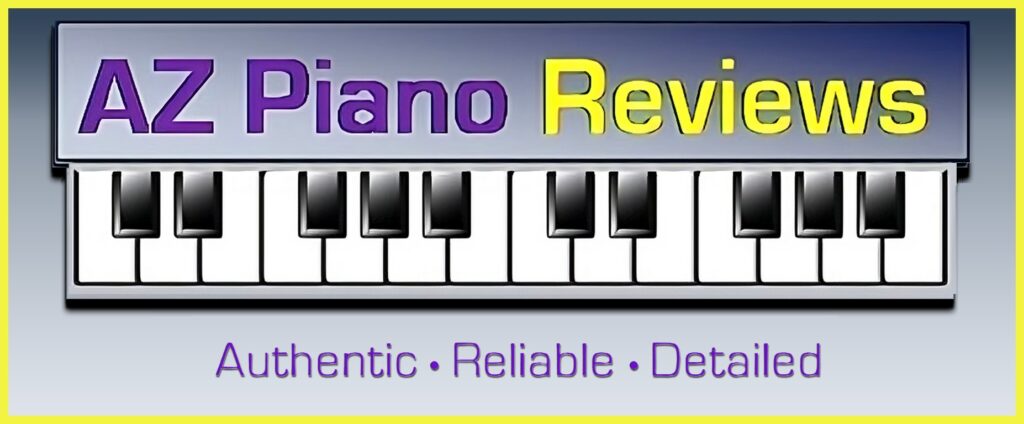





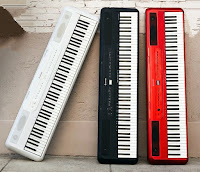
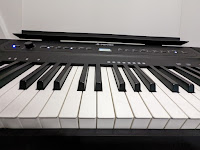


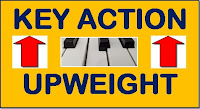





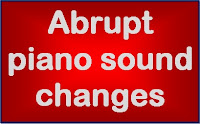




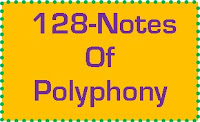
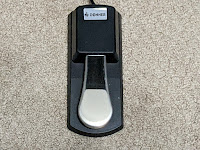
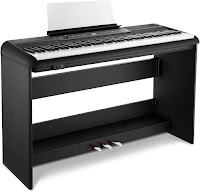
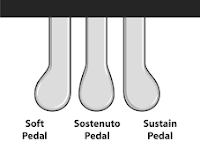
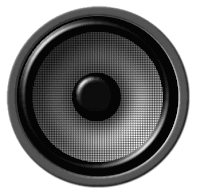

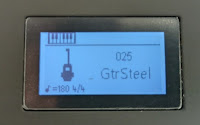
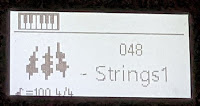
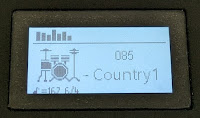

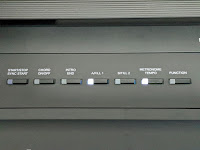




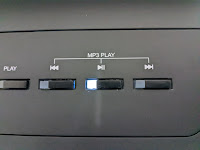






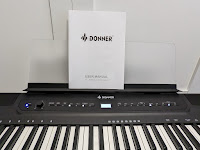





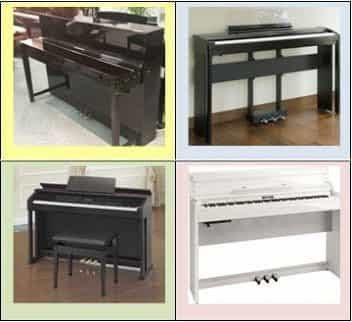


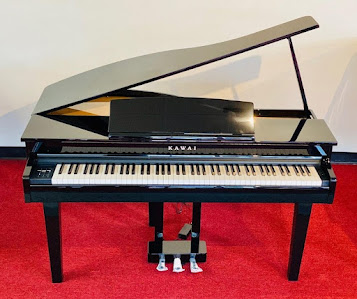
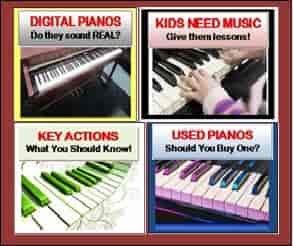
Good review, I’ve had the se-1 for about a year and a half and I agree with most of what you said. Depending on you needs it’s a good alternative to the big names brands, and can somewhat compete in certain areas but you’re definitely making sacrifices. In my situation I’m a college student with limited space and money and at the the time had very minimal piano experience so it made sense for me. Still I really have no complaints other than the key action, when I play acoustic pianos it feels like I’m walking in quicksand for a couple minutes, but I would say it’s not so light to where it’s impossible to adjust with time.
I think if you go into it understanding it’s a budget option, then most people will be satisfied for what is. I’m aware at some point I will have to upgrade since I’m in the intermediate stage but I feel it does just enough until I can make that jump to a higher end model.